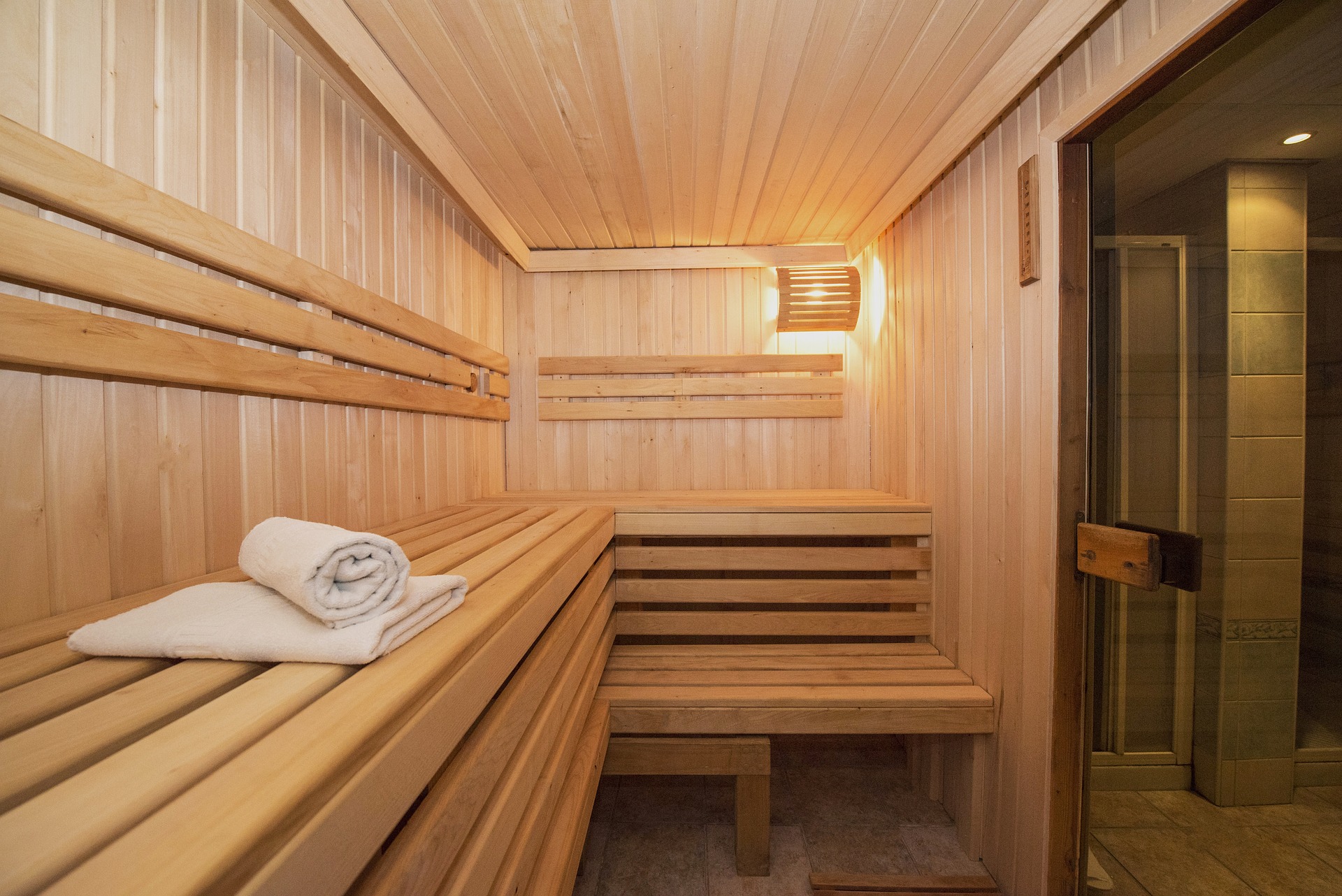Steam Room Basics: Use, Equipment, and Health Considerations
A steam room is an enclosed space that uses moist heat to create a warm, humid environment for relaxation and therapeutic use. Often found in gyms, spas, and some homes, steam rooms differ from dry saunas by operating at lower temperatures but much higher humidity, offering distinct effects on the skin, breathing, and circulation. This article explains how steam rooms work, the equipment involved, how they affect the body, and practical considerations for spa-style use.

This article is for informational purposes only and should not be considered medical advice. Please consult a qualified healthcare professional for personalized guidance and treatment.
How does a steam room compare to a sauna?
Saunas and steam rooms both use heat to induce sweating, but their environments are different. A traditional sauna is dry and operates at higher temperatures (often 70–100°C), while a steam room uses saturated steam at lower temperatures (typically 40–50°C) with near-100% humidity. The moist heat in a steam room can feel more intense at lower temperatures and is often preferred for respiratory comfort and skin hydration. Choice between the two depends on personal preference, tolerance for humidity, and any medical conditions that affect breathing or thermoregulation.
What role does the generator play in a steam room?
The steam generator is the core mechanical component that produces and delivers steam into the room. It boils water and sends pressurized steam through piping to a discharge nozzle or inlet in the steam room. Proper sizing, placement, and maintenance of the generator are essential to ensure consistent steam output, avoid mineral buildup, and prevent corrosion. Residential units are smaller and simpler than commercial generators used in spas. For installations, local services specializing in HVAC or spa equipment can evaluate space, ventilation, and electrical needs to recommend an appropriate generator model.
How does a steam room affect the body?
Exposure to moist heat causes the body to sweat, dilate peripheral blood vessels, and may temporarily raise heart rate, which can feel similar to mild aerobic activity. Steam can loosen mucus and moistens airways, which some people find helpful for breathing; it also hydrates the skin surface and can open pores to aid cleansing. However, excessive exposure can lead to dehydration, dizziness, or overheating—risks increase for people with cardiovascular conditions, low blood pressure, or pregnant individuals. Moderation, hydration before and after sessions, and listening to your body are important for safe use.
What features define a steam room in a spa?
In a spa context, steam rooms are often tiled or made with non-porous materials to withstand constant humidity and frequent cleaning. Benches are typically stone or sealed surfaces that absorb and retain heat. Additional features may include mood lighting, aromatherapy dispensers, and temperature or humidity controls accessible to staff. Ventilation and drainage are critical design elements to control condensation and prevent mold growth. Commercial spas follow local health and building codes for water supply, cleaning protocols, and accessible design for patrons.
How to maintain a steam room and its generator?
Regular maintenance prevents performance decline and hygiene issues. For the generator, follow manufacturer guidance: periodic descaling, checking pressure valves, and inspecting electrical connections are common tasks. In the room itself, daily wiping of surfaces, weekly deep cleaning, and routine checks for grout or sealant integrity reduce microbial growth. Ensure proper drainage and ventilation to limit condensation-related damage. If you rely on local services for maintenance, choose technicians experienced with spa equipment and verify that replacement parts meet original specifications.
Safety and practical tips for spa and home use
Before using a steam room, consider session length (commonly 10–20 minutes for many users) and avoid combining steam exposure with alcohol or heavy exertion. Keep water nearby to rehydrate and sit or leave the room immediately if you feel lightheaded, nauseous, or unusually breathless. People with certain conditions—heart disease, uncontrolled hypertension, recent surgery, or pregnancy—should consult a healthcare professional before using steam facilities. Families and shared facilities should enforce hygiene practices like showering before entry and using towels on seating surfaces to limit bacteria transfer.
Conclusion
Steam rooms offer a distinctive, moist-heat experience that can support relaxation, skin hydration, and temporary respiratory comfort when used appropriately. The steam generator is a critical part of reliable operation, and proper design, maintenance, and user precautions help minimize risks. Whether using a steam room at a spa, gym, or at home, informed choices—especially for those with health concerns—lead to safer, more comfortable sessions.






